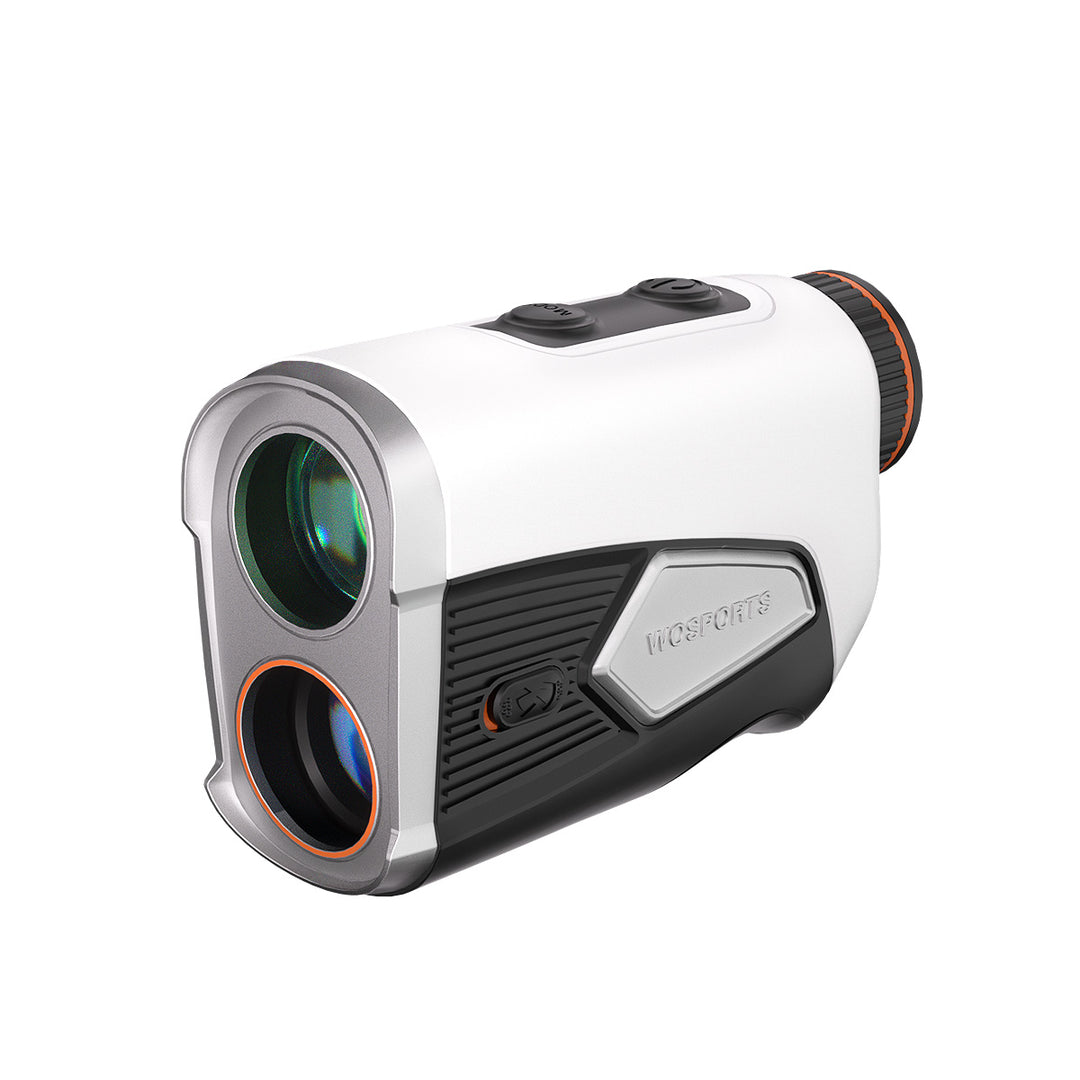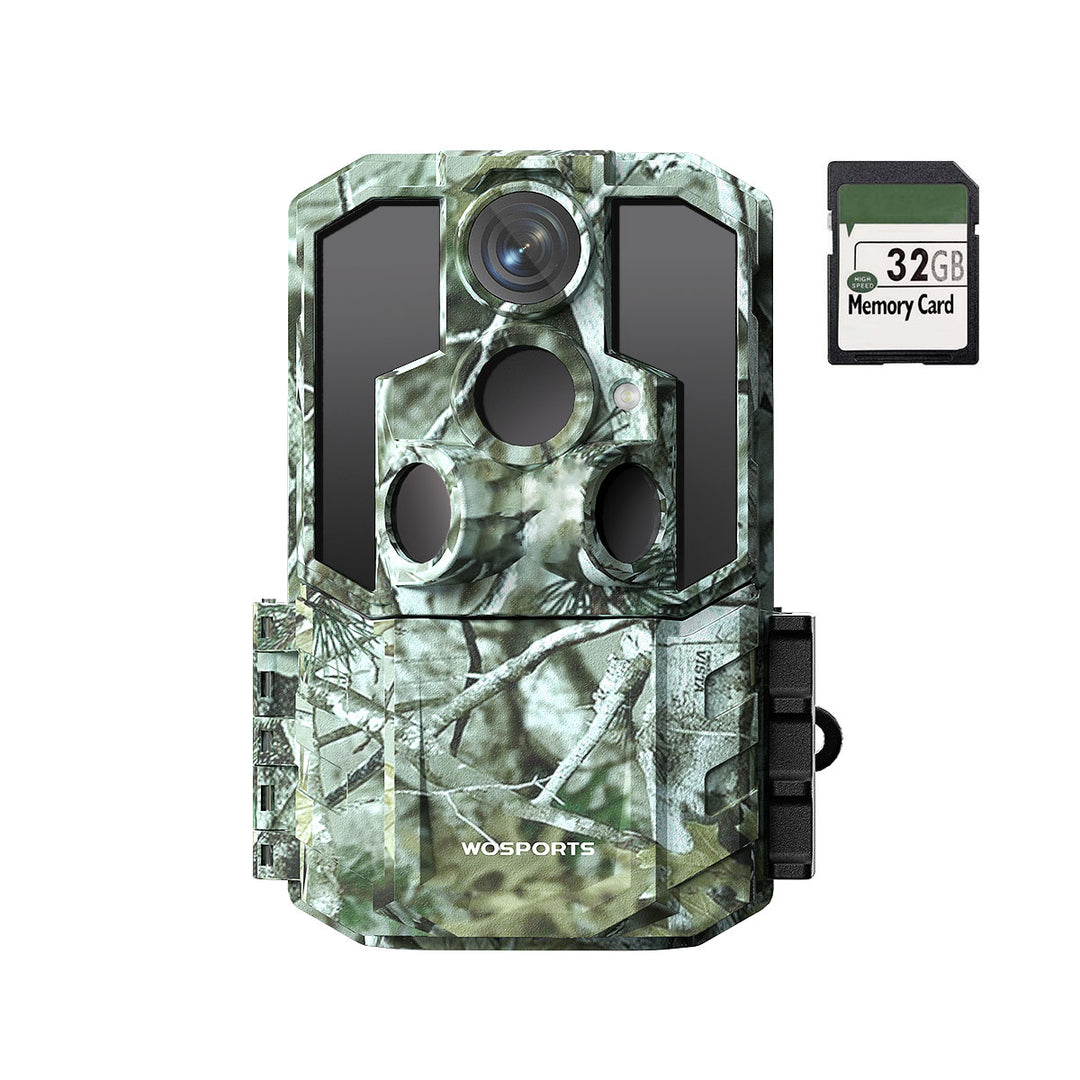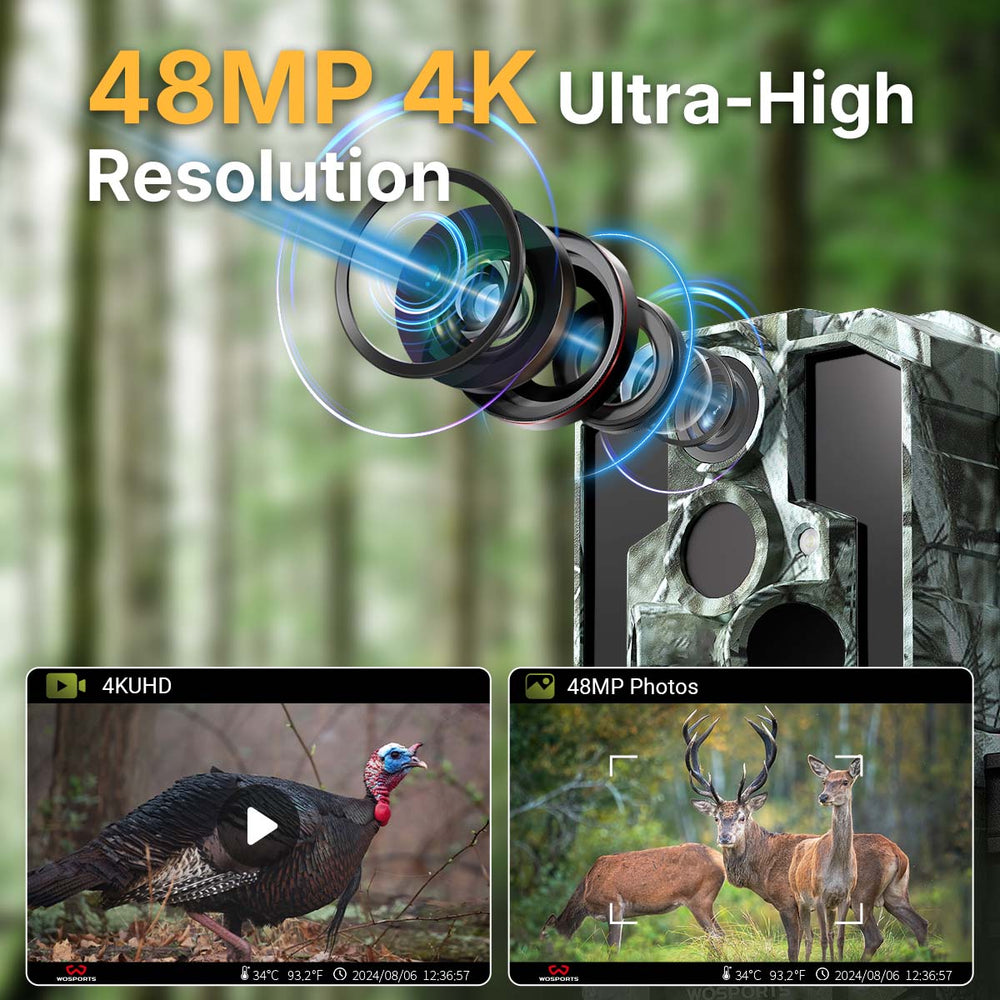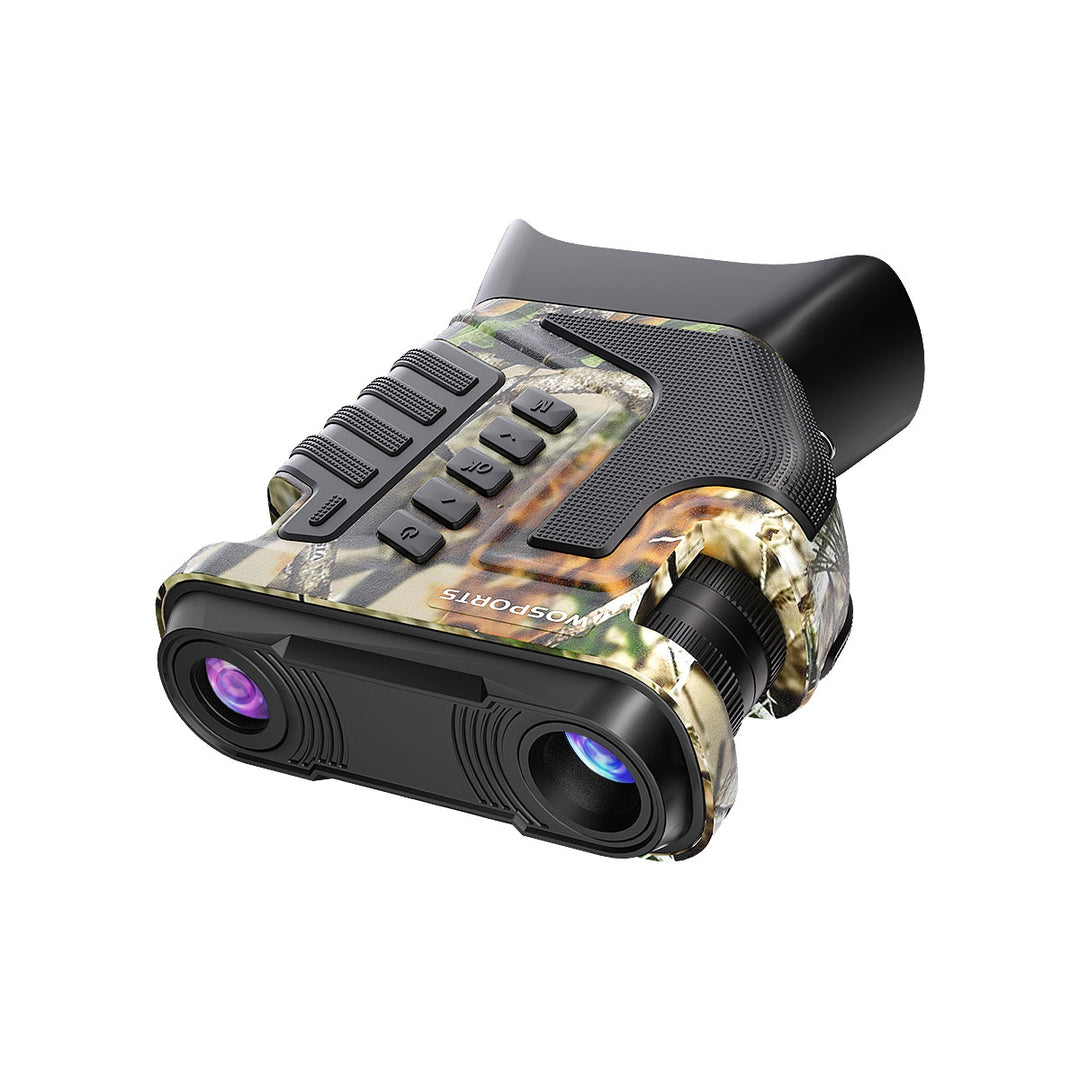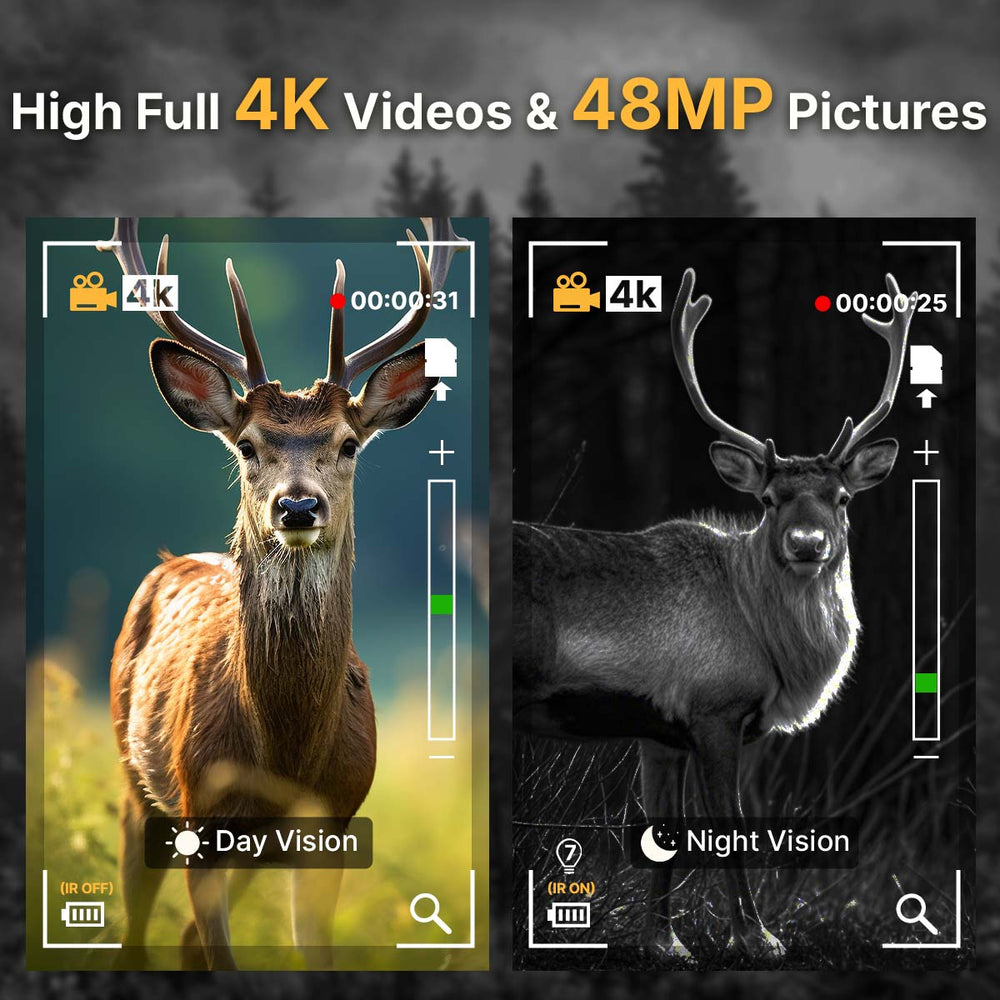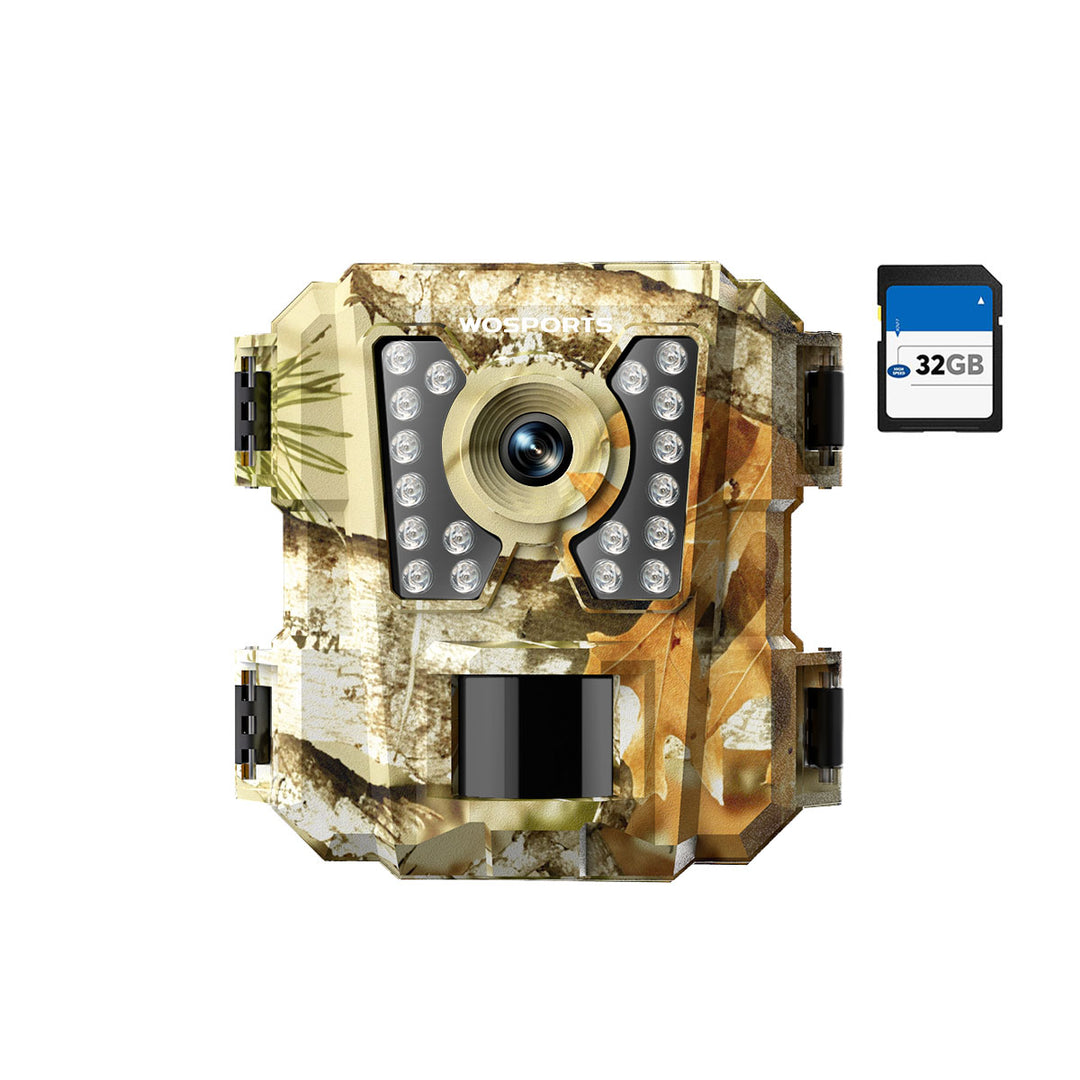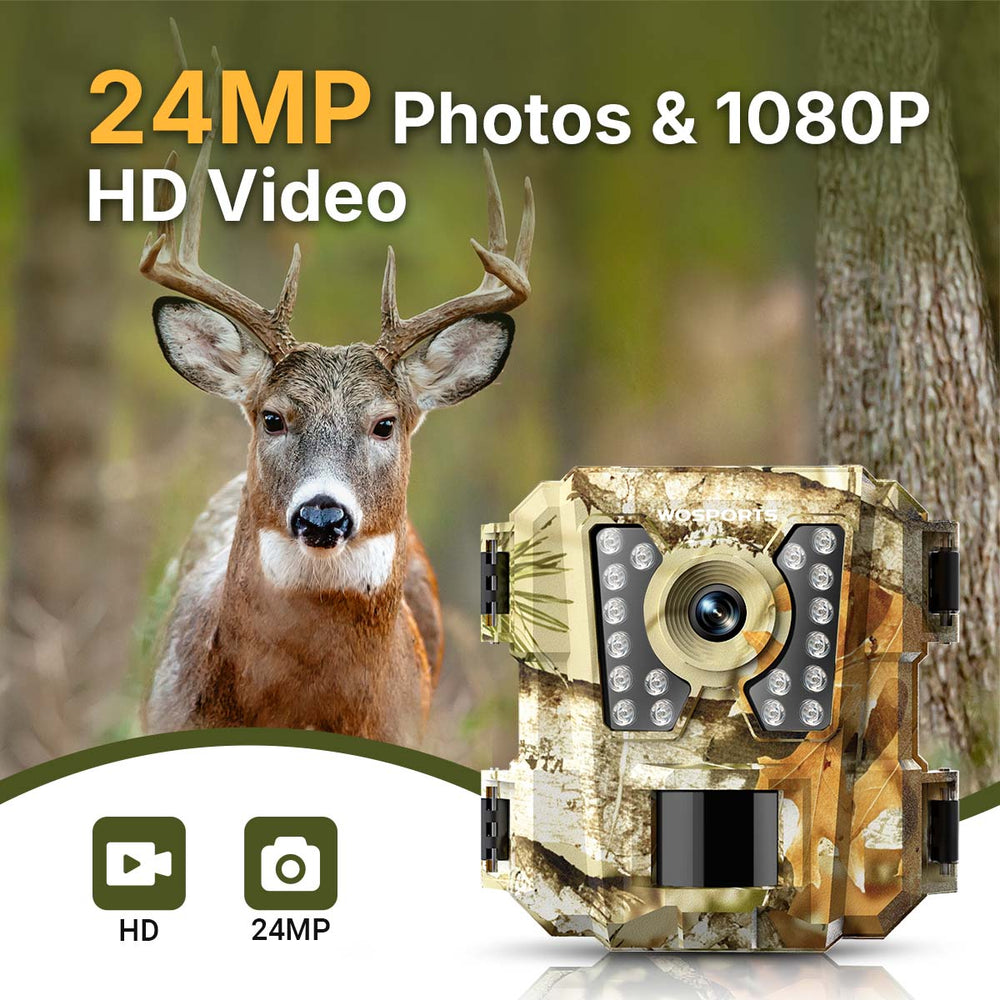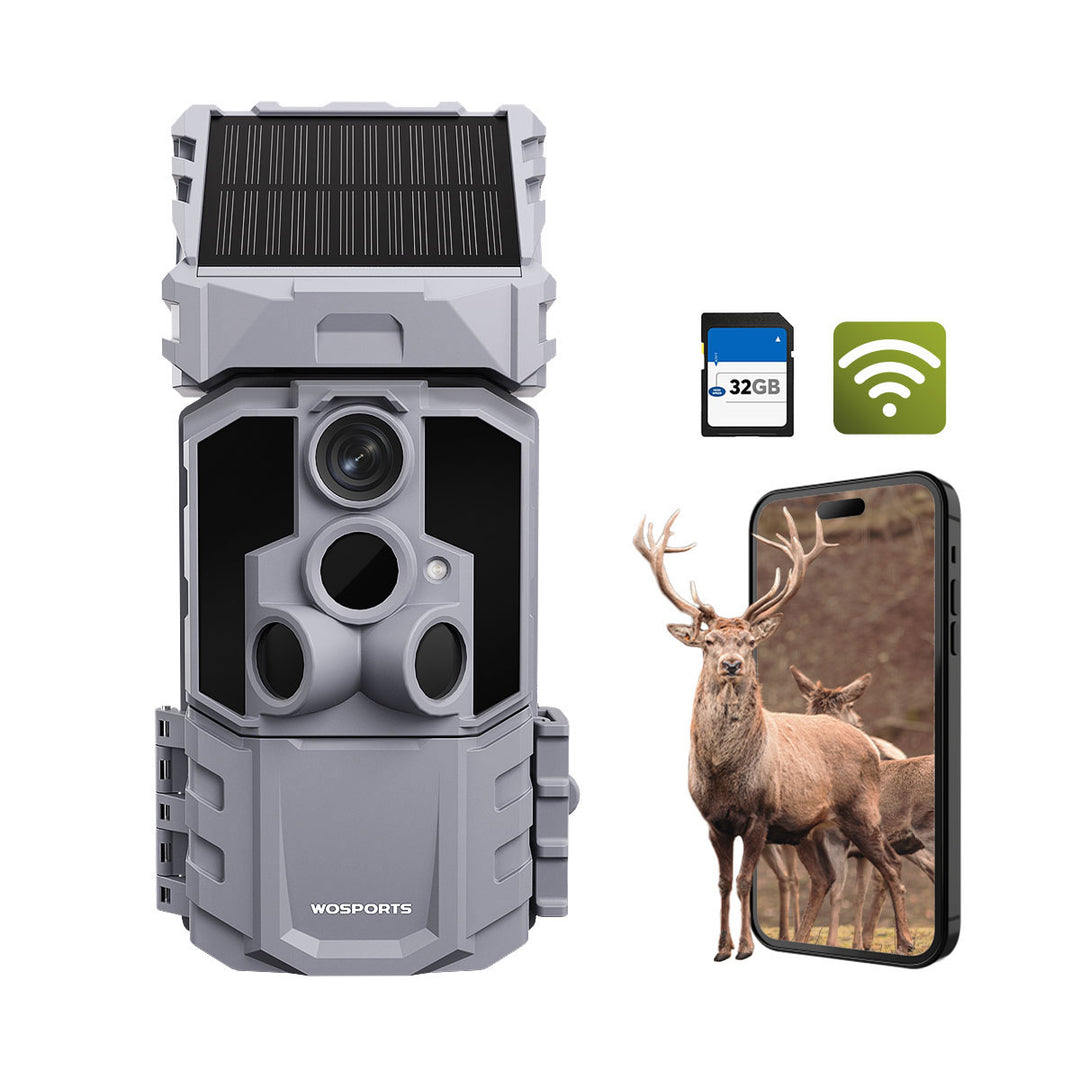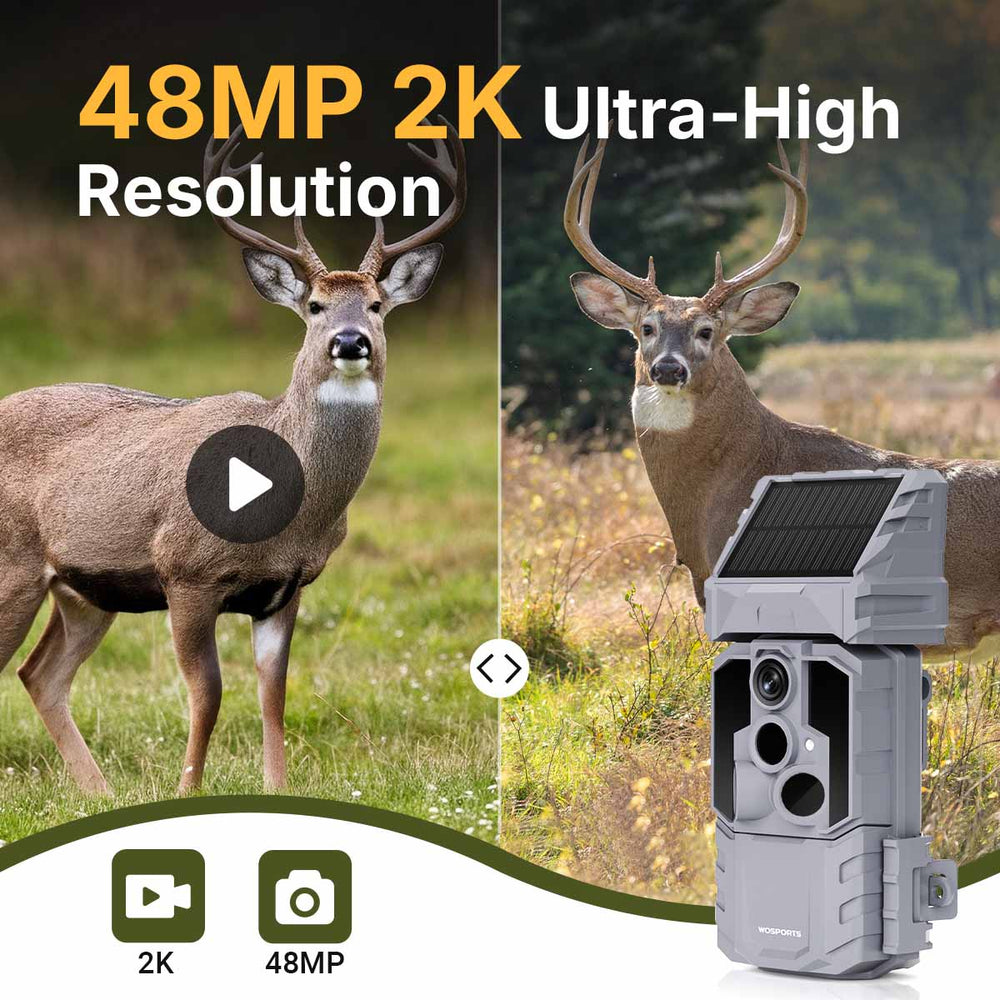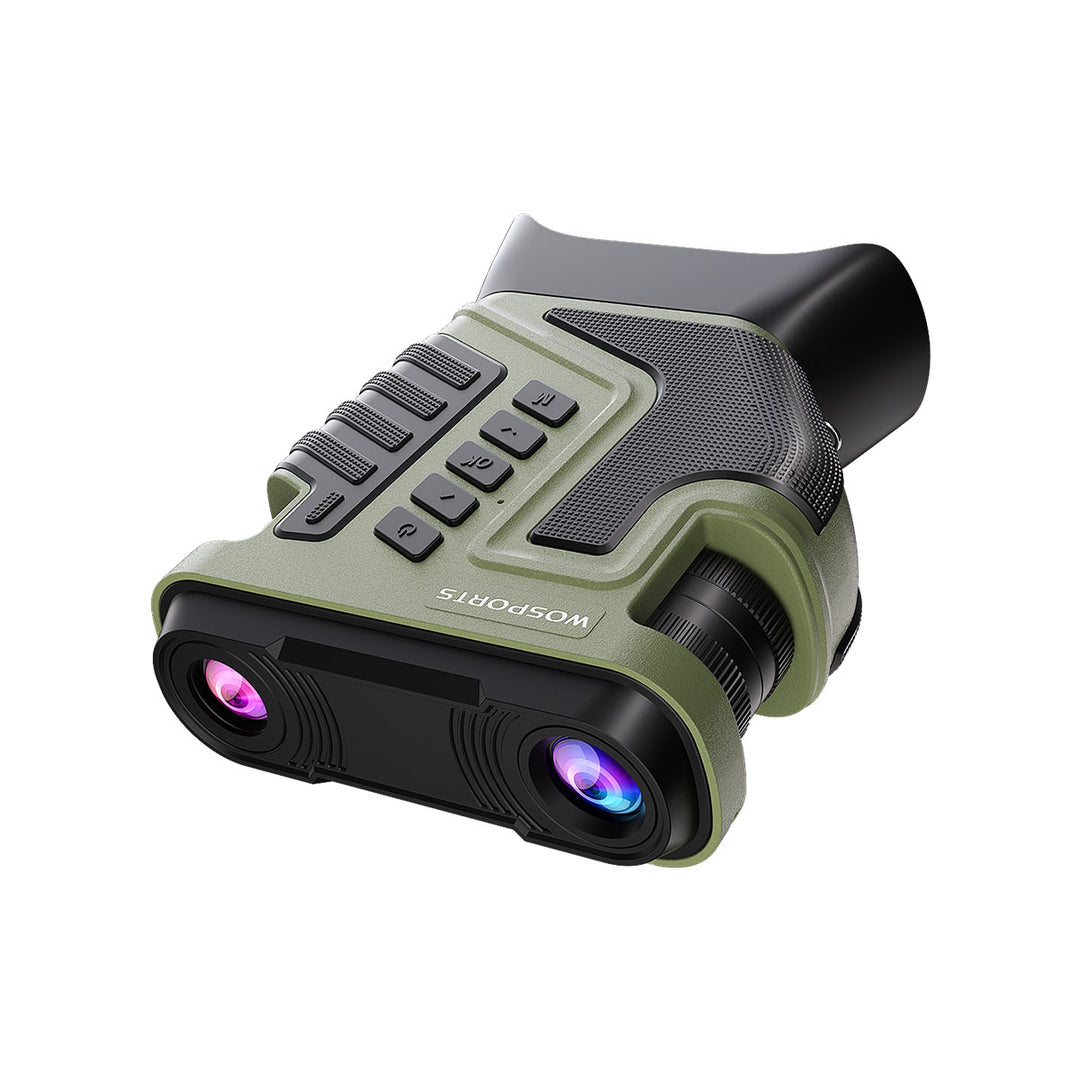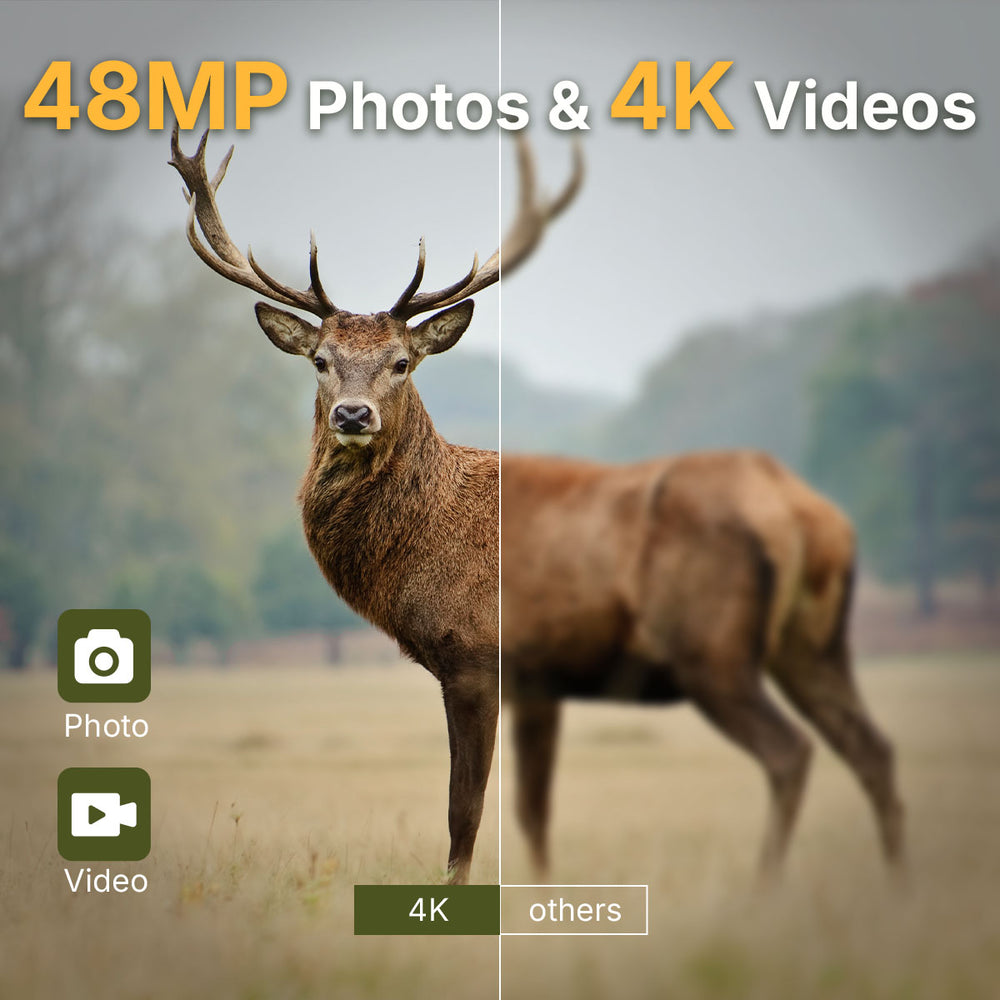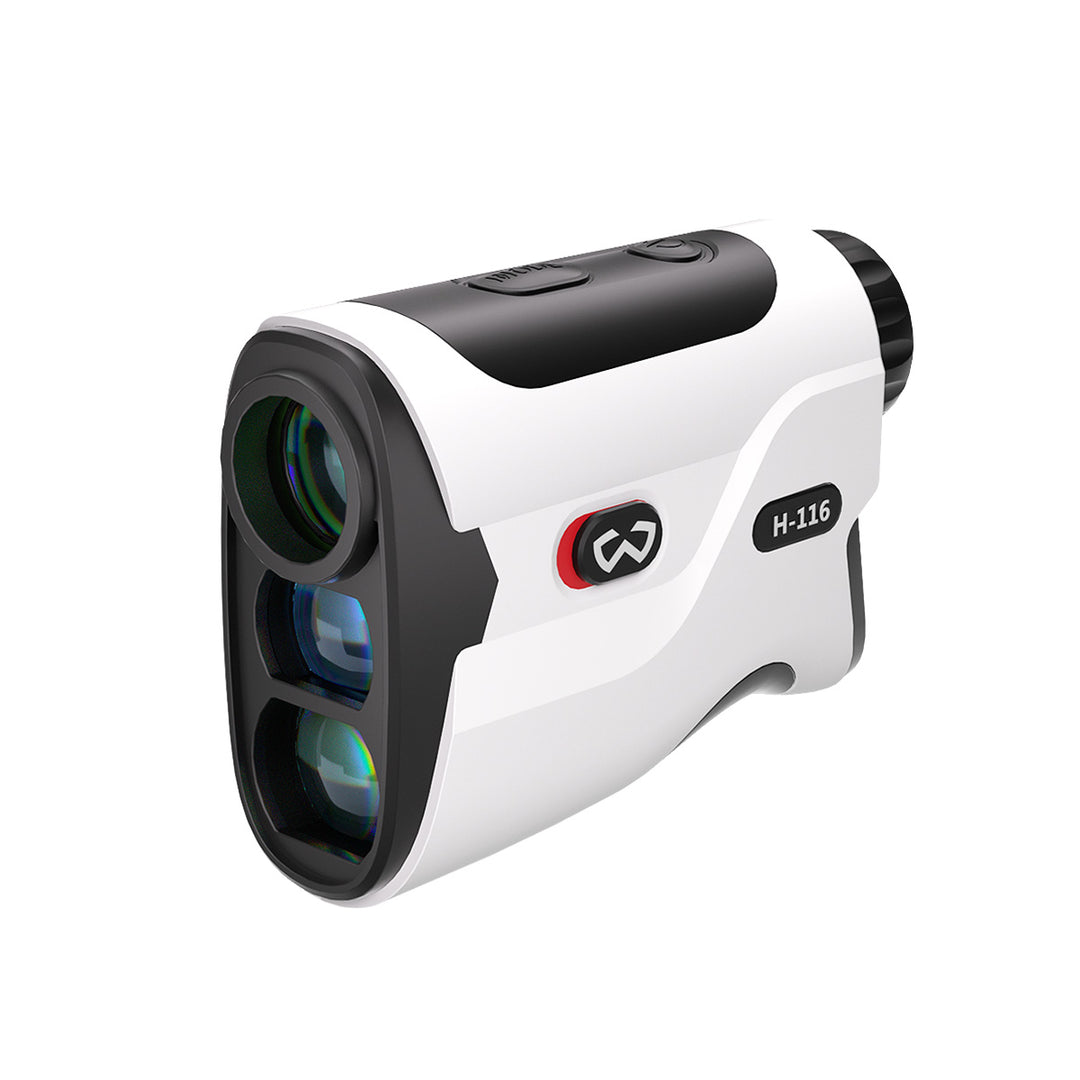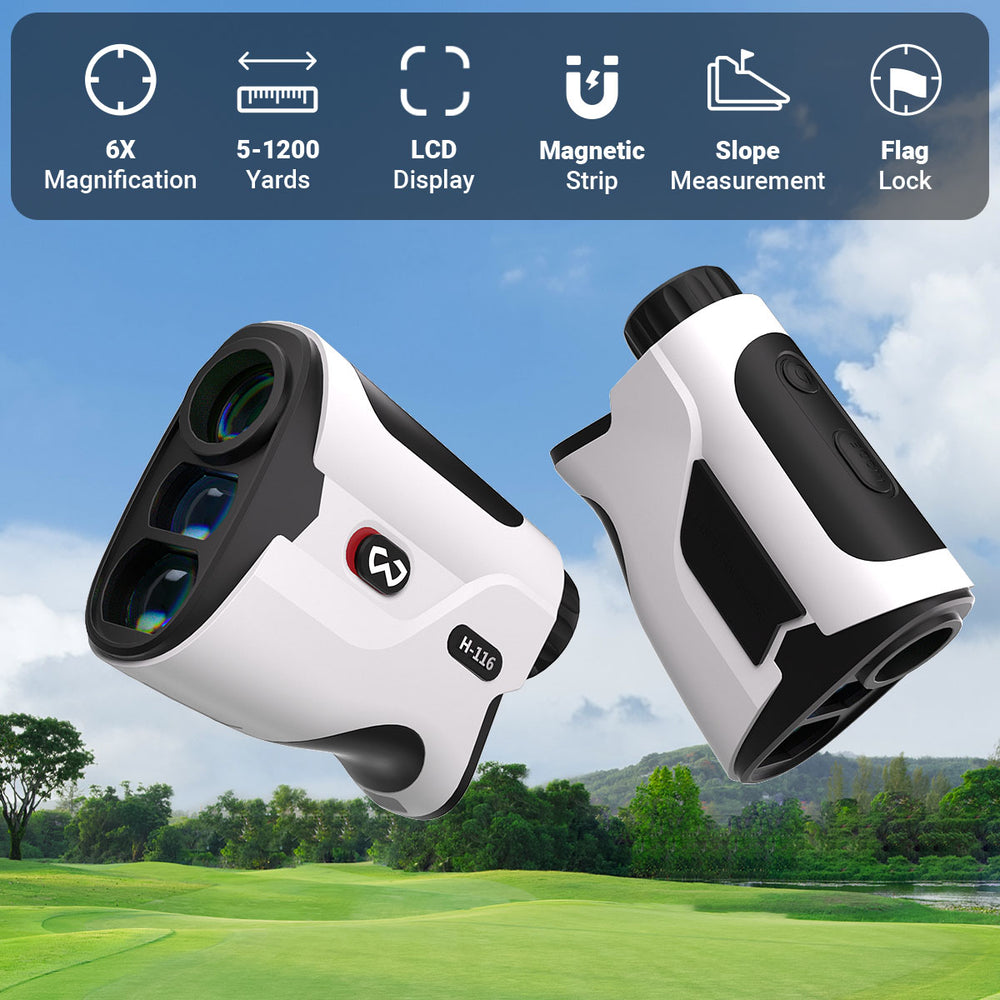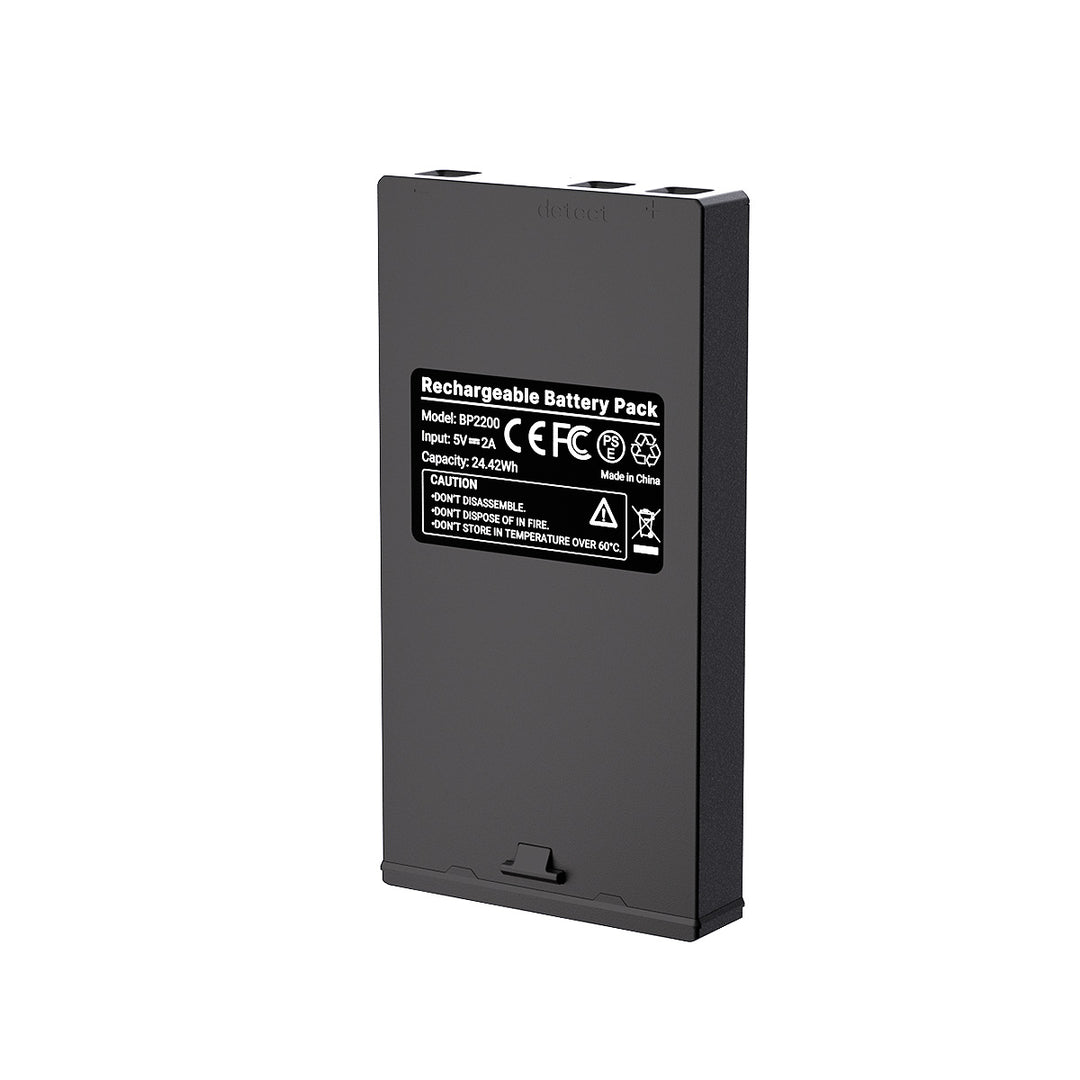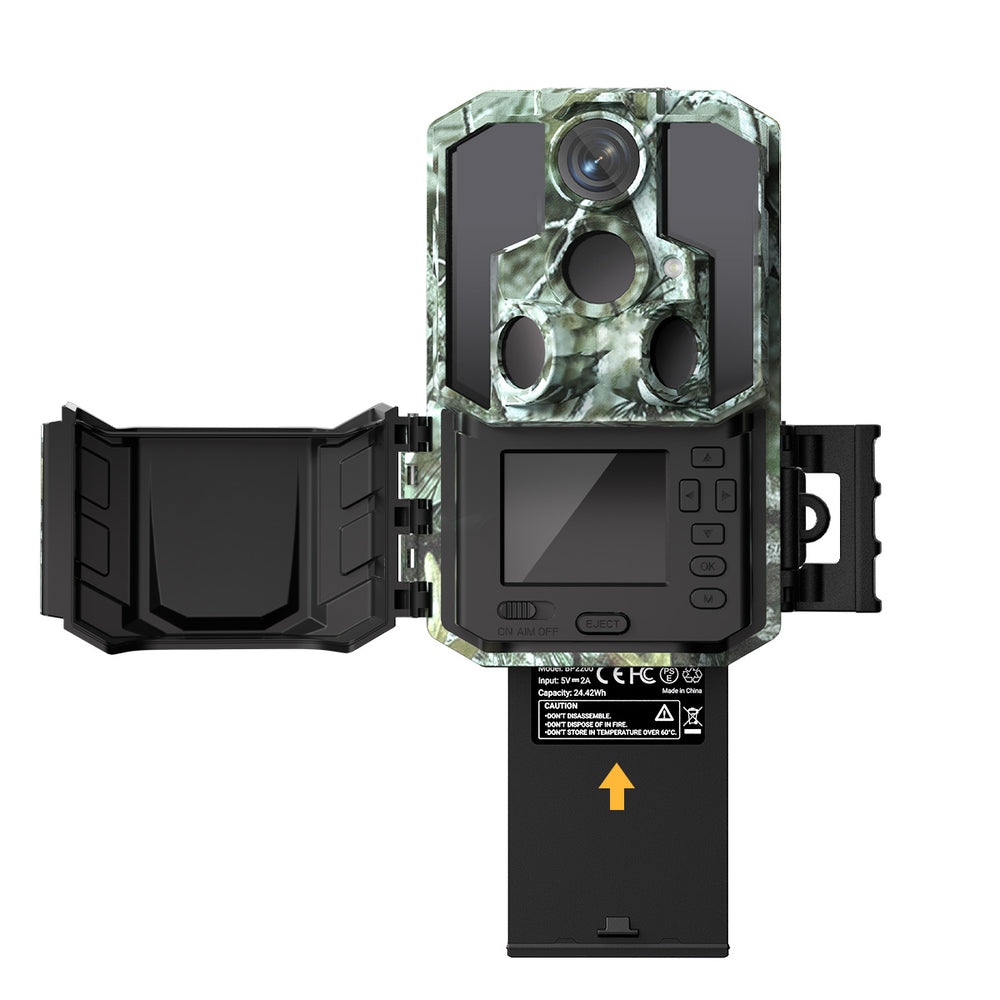Essential Gear for Wildlife Photography
Whether you’re a beginner hoping to capture your first deer shot or a professional documenting rare species in the wild, your equipment can make all the difference. This guide walks you through the essential tools every wildlife photographer should have, from traditional cameras and lenses to modern innovations like trail cameras that capture nature even when you’re not there.
Essential Gear for Wildlife Photography
1. Choose the Right Trail Camera
Trail cameras deserve their own spotlight. Once considered tools for hunters or researchers, they’ve become an indispensable part of gear for wildlife photography.
Here’s why:
- 24/7 monitoring: Capture rare moments that happen when you’re not present.
- Natural animal behavior: Animals act differently without humans nearby.
- Remote scouting: Identify where and when your target species appear.
A nice trail camera, such as the WOSPORTS G300 Deer Trail Camera, gives you:
Sharp 4K videos and night vision that works with infrared, so your videos are clear at any time. A waterproof case that works in all kinds of weather. Batteries that last for weeks or months without needing to be changed.

Quick Tip: For wildlife enthusiasts managing multiple observation points or research projects, you can explore Wholesale Trail Cameras for bulk solutions that cover more ground efficiently.
2. Lenses: The Key to Stunning Close-Ups
Picking the right lens is super important for wildlife photography.
Telephoto Lenses (200mm–600mm)
A telephoto lens with a long reach helps you snap pics of animals from far away without bugging them. Keep an eye out for:
Quick autofocus – great for when your subject is on the move.
Image stabilization – helps steady your shot.
A wide aperture (f/2.8–f/5.6) – it lets in more light when things are dim.
Macro Lenses
If you're into shooting smaller things – butterflies, frogs, or bugs – a macro lens will help grab all those cool tiny details and textures up close.
3. Essential Accessories for the Field
Having the right stuff goes beyond just cameras and lenses. The following accessories can either make or break your outdoor trip.
Tripod or Monopod
If you're using those big, heavy telephoto lenses, you need stability. A carbon fiber tripod is strong but doesn't weigh a ton. If you plan on being on the move a lot, a monopod is quick to set up and gives you some flexibility.
Camouflage
Animals in the wild are easily spooked by movement and bright colors. Wear clothes with muted colors, or use camo covers for your gear. This will assist you to blend in.
Memory Cards and Storage
Shooting wildlife, especially in RAW, generates huge files. Always have extra SD cards and portable SSDs, so you don't run out of room.
Weather Protection
Rain or humidity can mess up your gear. Get rain covers, silica gel packs, and lens cleaning cloths to keep everything in good shape when the weather turns bad.
Additional Gear for a Complete Wildlife Photography Setup
Here's some other important stuff that can really make a difference when you're out trying to get those amazing wildlife shots:
Binoculars and Spotting Scopes
A decent pair of binoculars is a must. And if you're serious, get a spotting scope. These let you scan the area from way back, spot animals without disturbing them, and plan your approach. You can see what's out there way way way way before you get close enough to take a picture.
Field Backpack
Your camera bag isn't going to cut it. Get a backpack that can handle the outdoors. Make sure it's comfy to wear, because you might be hiking for miles. And think about getting one with extra straps or loops for attaching things like tripods or even a small sleeping bag if you are planning to be out for longer. Some have special pockets for water bottles or snacks.
Protective Clothing
You want tough boots that can handle mud, rocks, and whatever else you find. Gloves are great, especially for colder weather or when you're crawling around on the ground. And dress in layers! That way, you can adjust to changing temperatures without getting too hot or too cold.
Noise-Reduction Accessories
Wildlife gets spooked super easily. Regular camera straps squeak, and the buckles can clank together. Get a soft, quiet camera strap or use padded covers on anything that might make noise. Even the sound of your zipper on your coat can be enough to send an animal running, so be mindful of every little noise you make.
How to Choose the Right Setup Based on Your Location
Different environments demand different gear combinations:
Search
Popular Posts
Recent Posts

Nov 28, 2024
Troubleshooting Common Trail Camera Issues
Jan 10, 2025
Why Does My Trail Camera Stop Working at Night?

































